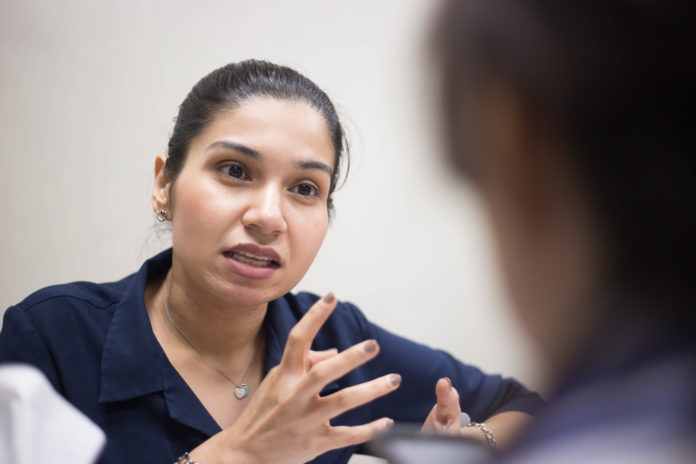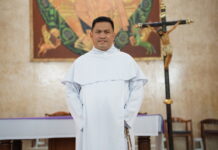ELEANOR Hessari went as far as New York in the US looking for more progressive approaches to teaching children with special needs.
Hessari, an alumna of the UST College of Education, brought home these lessons hoping to clarify misconceptions about them.
“I often tell my students to not underestimate the abilities of their special needs students,” she said in an email. “Children can surprise you in more ways than one [so] allow them to do things on their own.”
A common impression is that children with special needs are “in capable of learning, working and living independently,” said Hessari, who is now a supervising teacher at the College of Education.
Hessari, 35, initially found her advocacy for education when she took up the religious education and school guidance program in UST. A year after graduation, she pursued a teaching job in the University while taking up a master’s degree program in special education at De La Salle University.
In 2009, Hessari flew to New York to further study courses on early childhood general and special education at the Bank Street Graduate School of Education.
“I stepped out of my comfort zone with the over-arching purpose of coming back home and give back to the country where a lot of work has to be done for children and their families particularly those with special needs,” she said.
In New York, Hessari learned the “Developmental-Interaction Approach to teaching children with special needs. The approach, also known as the “Bank Street Approach,” combines social interaction, facilitated learning and the use of materials such us sand, water, blocks and play-dough. For Hessari, this is a more “holistic and progressive approach” because it widens the children’s imagination and creativity independently.
She is now a New York State-certified general and special education teacher, a status she earned after accomplishing a series of exams that took a year to complete.
When she returned to the Philippines in 2013, she became a faculty consultant for the Summit School in Bonifacio Global City, Taguig. There she introduced the “Developmental-Interaction Approach” but initially faced difficulty.
“Moving back here, [it was a challenge] trying to contextualize everything I learned and trying to bring [that approach] into thisculture and the beliefs of educators and families here,” she said.
“I understand it’s hard for parents because they want their kids to learn a certain way so it’s really making [them] understand that your kid will get there. You just have to wait, you just have to give what they need at the moment, and then they will get there.”
She was one of the researchers behind UST’s inclusive education project called “Pre-referral Intervention Manuals.” The project is a guide for public school teachers on catering the needs of students who exhibit developmental delays.
Hessari is also the adviser of the Guild of Thomasian Speducators, an organization that advocates for people with disabilities and special education.
“Teaching through modeling is always the most effective strategy,” she said.
Hessari also does one-on-one sessions with children with special needs.
For aspiring special education teachers, she advised not to make their students become dependent on them.
She recommended that they should treat them with the genuine kindness naturally extended towards typically developing individuals.
“At the end of the day, ask yourself, who is typical anyway? We are all atypical – we all like different things, we all express ourselves differently. It is our differences that make us beautiful and stand out,” she said. Julia Camille B. Ocaya














